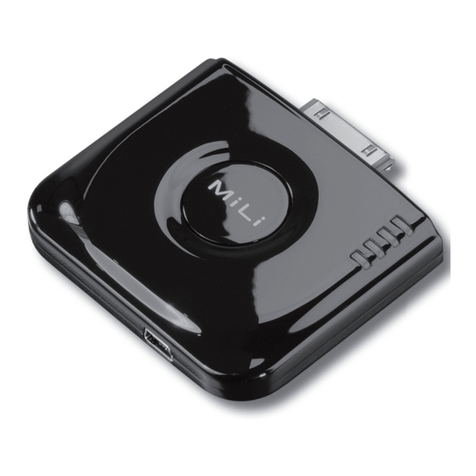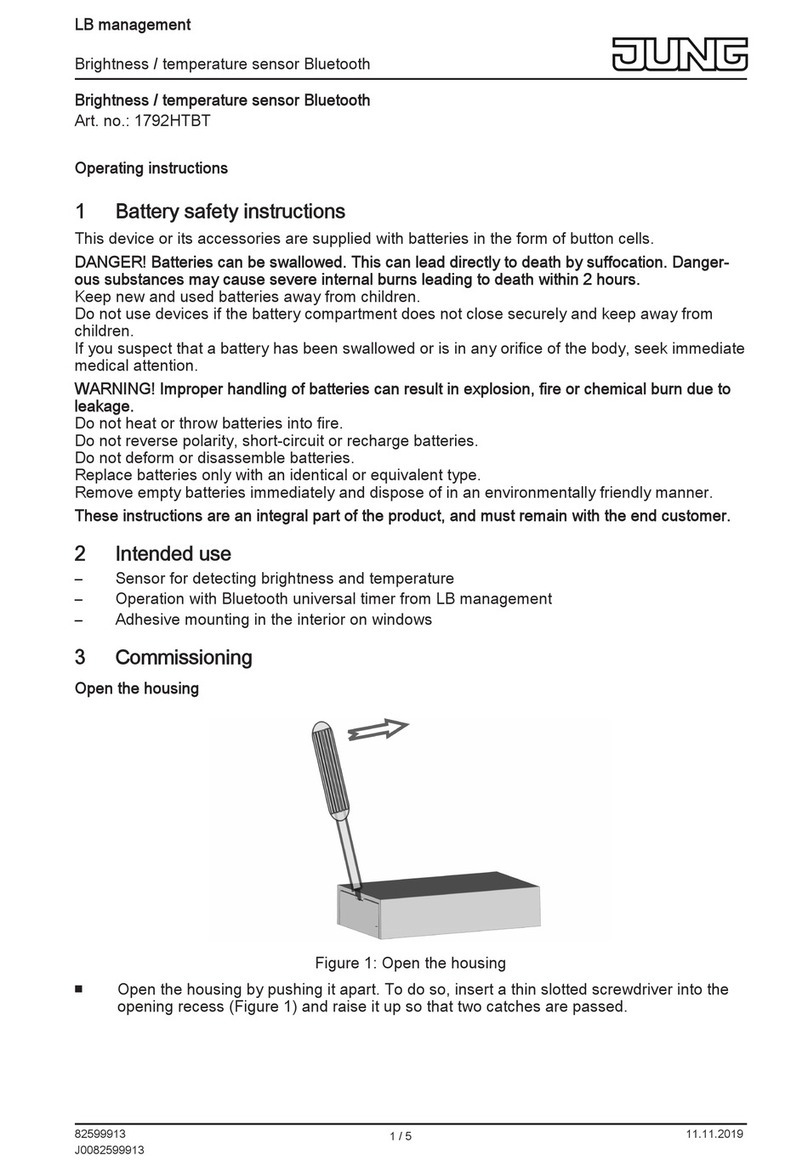Mikrotron EoSens 1.1CXP2 User manual

EoSens 1.1CXP2
Reference Guide
Version 1.0
CAMMC1166/67-RG

Contents
Before you start 7
1.1 About this manual 8
1.1.1 Tips, remarks, and notes 8
1.1.2 Registered trademarks 8
1.1.3 Conformity and use 8
1.1.4 Supplements 9
1.2 Warranty and non-warranty clause 10
1.3 Technical support 10
Introduction 12
2.1 Configuring the camera 13
2.2 Reading the XML file 13
Acquisition control 16
3.1 Overview 17
3.2 Controls 17
3.2.1 AcquisitionMode 17
3.2.2 AcquisitionStart 18
3.2.3 AcquisitionStop 18
3.2.4 TriggerSelector 18
3.2.5 TriggerMode 19
3.2.6 TriggerSource 19
3.2.7 TriggerActivation 20
3.2.8 TriggerCount 20
3.2.9 TriggerDebouncer 21
3.2.10 TriggerSoftware 21
3.2.11 ExposureMode 21
3.2.12 ExposureTime 22
3.2.13 AcquisitionFrameRate 22
3.2.14 AcquisitionFrameRateMax 22
User set control 24
4.1 Overview 25
MIKROTRONGmbH / 1.1 CXP2 / CAMMC1166/67-RG / 2020 2 - 76

4.2 Controls 25
4.2.1 UserSetSelector 25
4.2.2 UserSetLoad 25
4.2.3 UserSetSave 26
4.2.4 UserSetDefaultSelector 26
File access control 27
5.1 Overview 28
5.2 Controls 28
5.2.1 FileSelector 28
5.2.2 FileOperationSelector 28
5.2.3 FileOperationExecute 29
5.2.4 FileOpenMode 29
5.2.5 FileAccessBuffer 29
5.2.6 FileAccessOffset 30
5.2.7 FileAccessLength 30
5.2.8 FileOperationStatus 30
5.2.9 FileOperationResult 30
5.2.10 FileSize 31
Bootstrap CoaxPress control 32
6.1 Overview 33
6.2 Controls 34
6.2.1 WidthAddress 34
6.2.2 HeightAddress 35
6.2.3 AcquisitionModeAddress 35
6.2.4 AcquisitionStartAddress 35
6.2.5 AcquisitionStopAddress 35
6.2.6 PixelFormatAddress 36
6.2.7 DeviceTapGeometryAddress 36
6.2.8 Image1StreamIDAddress 36
6.2.9 ControlPacketSizeMax 36
6.2.10 DeviceConnectionID 37
6.2.11 Iidc2Address 37
6.2.12 ConnectionConfig 37
6.2.13 ConnectionConfigDefault 38
6.2.14 ConnectionReset 38
6.2.15 MasterHostConnectionID 39
6.2.16 Revision 39
6.2.17 Standard 40
MIKROTRONGmbH / 1.1 CXP2 / CAMMC1166/67-RG / 2020 3 - 76

6.2.18 StreamPacketSizeMax 40
6.2.19 TestErrorCountSelector 40
6.2.20 TestErrorCount 41
6.2.21 TestPacketCountTx 41
6.2.22 TestPacketCountRx 41
6.2.23 CapabilityRegister 42
6.2.24 FeatureControlRegister 42
6.2.25 VersionsSupported 42
6.2.26 VersionUsed 42
6.2.27 TestMode 43
6.2.28 XmlManifestSelector 43
6.2.29 XmlManifestSize 44
6.2.30 XmlSchemeVersion 44
6.2.31 XmlUrlAddress 44
6.2.32 XmlVersion 45
6.2.33 DeviceSerialNumber 46
6.2.34 DeviceManufacturerInfo 46
6.2.35 DeviceModelName 46
6.2.36 DeviceUserID 46
6.2.37 DeviceVendorName 47
6.2.38 DeviceVersion 47
Transport layer control 48
7.1 Overview 49
7.2 Controls 49
7.2.1 TLParamsLocked 49
7.2.2 CxpLinkConfigurationStatus 49
7.2.3 CxpLinkConfigurationPreferred 50
7.2.4 CxpLinkConfiguration 51
7.2.5 CxpConnectionSelector 51
7.2.6 CxpConnectionTestMode 52
7.2.7 CxpConnectionTestErrorCount 52
7.2.8 CxpConnectionTestPacketCount 52
Device control 53
8.1 Overview 54
8.2 Controls 54
8.2.1 DeviceReset 54
MIKROTRONGmbH / 1.1 CXP2 / CAMMC1166/67-RG / 2020 4 - 76

Image format control 55
9.1 Overview 56
9.2 Controls 56
9.2.1 Height 57
9.2.2 OffsetX 57
9.2.3 HeightMax 57
9.2.4 Image1StreamID 57
9.2.5 PixelFormat 58
9.2.6 TapGeometry 58
9.2.7 DeviceScanType 59
9.2.8 SensorHeight 59
9.2.9 SensorWidth 59
9.2.10 RegionDestination 59
9.2.11 Width 60
9.2.12 OffsetY 60
9.2.13 WidthMax 60
Analog control 61
10.1 Overview 62
10.2 Controls 62
10.2.1 AnalogGain 62
10.2.2 BlackLevel 62
I/O control 64
11.1 Overview 65
11.2 Controls 65
11.2.1 LineSelector 65
11.2.2 LineSource 65
11.2.3 LineInverter 66
11.2.4 UserOutputSelector 66
11.2.5 UserOutputValue 67
Digital control 68
12.1 Overview 69
12.2 Controls 69
12.2.1 Gamma 69
12.2.2 DigitalGain 69
MIKROTRONGmbH / 1.1 CXP2 / CAMMC1166/67-RG / 2020 5 - 76

Custom features 70
13.1 Overview 71
13.2 Controls 71
13.2.1 TxLogicalConnectionReset 71
13.2.2 DeviceInformation 71
13.2.3 DeviceInformationSelector 73
13.2.4 AnalogRegisterSetSelector 73
13.2.5 AnalogRegisterSelector 73
13.2.6 AnalogValue 74
13.2.7 InfoFieldFrameCounterEnable 74
13.2.8 InfoFieldTimeStampEnable 75
13.2.9 InfoFieldRoiEnable 75
13.2.10 FixedPatternNoiseReduction 75
MIKROTRONGmbH / 1.1 CXP2 / CAMMC1166/67-RG / 2020 6 - 76

Before you start
1.1 About this manual
This manual contains helpful information to install and operate the here
described camera. It has been produced with care. Nevertheless, information
might be erroneous or incomplete. MIKROTRON GmbH cannot be held respons-
ible for any problems resulting from incomplete or erroneous information.
In case you detect errors or need further information, please inform us via mail:
service@mikrotron.de or
Call +49- 89-7263-4200
We highly recommend to read this manual carefully.
NOTE This manual is subject to change without notice.
1.1.1 Tips, remarks, and notes
This manual contains tips and notes that help to avoid data loss or camera dam-
age. They are emphasized as follows:
INFO Provides information that may help to improve camera handling or avoid data loss.
NOTE Provides information to avoid damage to the system.
1.1.2 Registered trademarks
In this manual the following registered trademarks are used:
nEoSens®
nGenICam®
nMicrosoft® and Windows®
Throughout the manual, these trademarks are not specially marked as
registered trademarks. This in no way implies that these trademarks can be
used in another context without the trademark sign.
1.1.3 Conformity and use
This equipment has been tested and found to comply with the limits for a Class
A digital device, pursuant to Part 15 of the FCC Rules. These requirements are
designed to provide reasonable protection against harmful interference when
the equipment is operated in a commercial environment.
This equipment generates, uses, and can radiate radio frequency energy and, if
not installed and used in accordance with the instructions given in this guide,
may cause harmful interference to radio communications. Operation of this
equipment in a residential area is likely to cause harmful interference in which
case the user will have to correct the interference at its own expense.
MIKROTRONGmbH / 1.1 CXP2 / CAMMC1166/67-RG / 2020 8 - 76

NOTE You are herewith cautioned that any changes or modifications not
expressly approved in this description could void your authority to operate
this equipment.
制造说明:
此设备的生产与测试依照FCC条例第15条条例,符合A类电子设备标准。产品提
供在商用使用环境中的合理保护,以防止使用过程中可能涉及到的损害。
此设备会产生、使用并可发射出无线电波,如果未按照本手册中所述安装和使
用,可能会对无线通信设备产生干扰。如本设备在居民区操作出现干扰等情况,
用户需要自费处理。
备注:请注意,如未按照此使用说明操作而自行更改设备,那么您将无权使用本
设备。
規制適合宣言とご使用について(米国FCC)
この機 器 は、FCC規 則 のパート15に定 められたクラスAデジタル装 置 に関 する規 制
要 件 に基 づいて所 定 の試 験 が実 施 され、その適 合 が認 証 されています。これらの
規制要件は、商業環境において機器を使用する際、有害な干渉に対する妥当
な保 護 を提 供 するために設 けられています。この機 器 は、無 線 周 波 数 エネルギー
を生 成 かつ利 用 するとともに、放 射 することもあります。このリファレンスガイドの指
示 に従 って設 置 および使 用 が行 われない場 合 は、無 線 通 信 に有 害 な干 渉 を引
き起 こす恐 れがあります。この機 器 を住 宅 地 で利 用 すると有 害 な干 渉 を起 こすこ
ともあり、その場 合 、使 用 者 は自 己 負 担 において適 切 な対 策 を講 じる必 要 があり
ます。
注 意 事 項 :このリファレンスガイドに明 示 的 に承 認 していない変 更 や修 正 を行 った
場 合 には、本 製 品 を使 用 する権 利 が無 効 となることがあります。
1.1.4 Supplements
For customers in Canada
This apparatus complies with the Class A limits for radio noise emissions set
out in Radio Interference Regulations.
Pour les utilisateurs au Canada
Cet appareil est conforme aux normes Classe A pour bruits radioélectriques,
spécifiées dans le Règlement sur le brouillage radioélectrique.
Life support applications
The products described in this manual are not designed for use in life support
appliances or devices and systems where malfunction of these products can
Before you start
MIKROTRONGmbH / 1.1 CXP2 / CAMMC1166/67-RG / 2020 9 - 76

Before you start
reasonably be expected to result in personal injury.
NOTE MIKROTRON customers using or selling these products for use in such
applications do so at their own risk and agree to fully indemnify
MIKROTRON for any damages resulting from such improper use or sale.
1.2 Warranty and non-warranty clause
Warranty is described in §8 of our General Terms and Conditions which can be
downloaded on the MIKROTRON web page
(www.mikrotron.de/en/terms.html).
In addition, take the following non-warranty clauses into account.
NOTE The camera does not contain serviceable parts. Do not open the body of
the camera. If the camera has been opened, the warranty will be void.
NOTE The camera has to be used with a supply voltage according to the cam-
era’s specification. Connecting a lower or higher supply voltage, AC
voltage, reversal polarity or using wrong pins of the power connector may
damage the camera. Doing so will void warranty.
Our warranty does not protect against accidental damage, loss, or acts of
nature.
INFO MIKROTRON cannot be held responsible for the loss of data. We recommend a
backup plan.
In case of warranty, make a note of the camera type and its serial number
(S/N).
You find all necessary information on the identification plate of the camera.
Before sending back the camera, ask for a RMA (return merchandise author-
ization) number and RMA form either by:
nPhone: +49-89-7263-4200 or
nE-mail: support@mikrotron.de
Send the camera back to your distributor.
If no distributor is available, send it back to MIKROTRON. You find the address
on the last page of this guide.
1.3 Technical support
For technical support, carry out the following steps:
STEP 1: Visit the website
www.mikrotron.de/en/services/support.html
MIKROTRONGmbH / 1.1 CXP2 / CAMMC1166/67-RG / 2020 10 - 76

STEP 2: Fill in the form completely
STEP 3: Send the form.
You will receive an automatic reply from our ticket system.
Our field application engineer will answer your request as soon as possible.
Before you start
MIKROTRONGmbH / 1.1 CXP2 / CAMMC1166/67-RG / 2020 11 - 76

Introduction
2.1 Configuring the camera
All CXP cameras are compliant to the CoaXPress specification. CoaXPress
standardizes down- and uplink protocols, interfaces, cables, and connectors
used by CoaXPress compliant cameras and frame grabbers.
All cameras use GenICam, a standardized generic programming interface. It is
used to configure and control the camera and supports five main features:
nCamera configuration
nFrame acquisition
nGraphical User Interface (GUI)
nTransfer of camera data but also time stamps, region of interest (ROI) and
histogram data
nTransfer of events like a trigger
GenICam for CXP cameras consists of four parts:
nGenAPI
GenAPI is the application programming interface. It is used to configure
and control a camera. All features are written in an XML file. The API is
available for several operating systems.
nStandard Features Naming Convention (SFNC)
SFNC provides standardized names and types for common device fea-
tures.
nPixel Format Naming Convention
PFNC is a pixel format naming convention.
nGenTL
The GenTL transport layer is supported by CoaXPress compliant frame
grabbers and cameras. It allows to read and write into registers and to
grab frames.
According to GenICam the camera uses registers for configuration. To change
a value, e.g. the exposure time, the hexadecimal value must be written into the
camera register representing the exposure time (e.g. 0x1100).
2.2 Reading the XML file
All features of the camera are described in the GenICam XML file. Extensible
Markup Language (XML) is used to describe each feature as a XML feature
knot. Feature knots are displayed in a tree structure.
A knot consists of a feature knot and a register knot. The feature knot contains
the description of the command whereas the register knot shows how it is
MIKROTRONGmbH / 1.1 CXP2 / CAMMC1166/67-RG / 2020 13 - 76

implemented in the camera. For example the type of the feature (command,
string, integer,...), its access mode (R/W), a descriptive name (friendly name),
the corresponding register address, and a short description of the feature in
plain ASCII text. Some features have min. and max. values or a default value.
Each feature corresponds to a camera setting.
Example
<Command Name="AcquisitionStart">
<ToolTip>Starts the Acquisition of the device.</ToolTip>
<Description>Starts the Acquisition of the device.</De-
scription>
<DisplayName>Acquisition Start</DisplayName>
<Visibility>Beginner</Visibility>
<pValue>AcquisitionStartReg</pValue>
<CommandValue>0</CommandValue>
</Command>
<IntReg Name="AcquisitionStartReg">
<Address>0x8204</Address>
<Length>4</Length>
<AccessMode>WO</AccessMode>
<pPort>Device</pPort>
<Endianess>BigEndian</Endianess>
</IntReg>
</Group>
<Port Name="Device">
<ToolTip>Port giving access to the device.</ToolTip>
</Port>
INFO All integer values are interpreted as 32 bit unsigned integers, if not other men-
tioned. All strings are NULL terminated and consist of 8 bit characters.
The port knot allows the connection to the device.
The features in the XML file or the camera are grouped according to their mean-
ing.
The XML file is an ASCII file which is to be found on the DVD delivered with the
camera. It can either be saved (compressed or uncompressed) in the camera
or saved as an external file on a local computer or a remote host. The path
(URL) of the file can be read from the camera using the feature XmlUrlAddress.
Use the Software delivered by the frame grabber’s manufacturer to configure
camera and frame grabber. If you use a frame grabber from Active Silicon,
MIKROTRON’s VCAM Software which is part of the delivery too, can be used
alternatively.
Introduction
MIKROTRONGmbH / 1.1 CXP2 / CAMMC1166/67-RG / 2020 14 - 76

Acquisition control
3.1 Overview
NOTE Settings can only be changed if image acquisition is stopped.
The following commands allow to make settings required for image acquisition
and to control an external trigger.
Display name Access
Length
[Bytes]
Register Inter-
face
Acquisition Mode R/W 4 Enumeration
Acquisition Start W 4 Command
Acquisition Stop W 4 Command
Trigger Selector R/W 4 Enumeration
Trigger Mode R/W 4 Enumeration
Trigger Source R/W 4 Enumeration
Trigger Activation R/W 4 Enumeration
Trigger Count R/W 4 Integer
Trigger Debouncer R/W 4 Integer
Software Trigger WO 4 Integer
Test-Image Selector R/W 4 Enumeration
Exposure Mode R/W 4 Enumeration
Exposure Time R/W 4 Integer
Acquisition Frame Rate R/W 4 Integer
Max. Acquisition Frame Rate R 4 Integer
3.2 Controls
3.2.1 AcquisitionMode
This feature sets the acquisition mode of the device.
Access Read / write
Type Enumeration
In Continuous: the camera records continuously a sequence
MIKROTRONGmbH / 1.1 CXP2 / CAMMC1166/67-RG / 2020 17 - 76

of frames
Out Selected mode
Remark Frame acquisition can be stopped with the feature Acquis-
itionStop
3.2.2 AcquisitionStart
This feature starts the acquisition of the device.
Access Write
Type Command
In 0x00000001
Out —
Remark AcquisitionMode defines how frames will be acquired
3.2.3 AcquisitionStop
This feature stops acquiring frames at the end of the current frame.
Access write
Type command
In x00000001
Out —
3.2.4 TriggerSelector
This feature is used to select the type of trigger to be configured.
Access Read / write
Type Enumeration
In FrameStart: The camera will take one picture per trigger sig-
nal
FrameBurstStart: The camera will take as many frames as
defined in AcquisitionBurstFrameCount
Acquisition control
MIKROTRONGmbH / 1.1 CXP2 / CAMMC1166/67-RG / 2020 18 - 76

Acquisition control
Out Trigger selector type
Remark Set AcquisitionBurstFrameCount in order to define the num-
ber of frames to be acquired when FrameBurstStart is active.
INFO If FrameBurstStart is selected, ExposureMode will have to be set to Timed. Other-
wise, recording will not be possible.
3.2.5 TriggerMode
This feature activates or deactivates the trigger type selected by the feature Trig-
gerSelector.
Access read / write
Type enumeration
In ON: Enables the selected trigger type; the camera waits for a
trigger signal before acquiring a frame. The trigger signal can
be a signal from the frame grabber, the 12-pin Hirose con-
nector input, or a software trigger initiated by a software com-
mand. The trigger source has to be set in the feature
TriggerSource. In trigger mode, the frame rate of the camera
depends on the frequency of the trigger signals
OFF: Disables the selected trigger type; all trigger signals will
be ignored. The camera is set into the current acquisition
mode
Out active mode
Remark If a trigger is active, ExposureMode defines whether the expos-
ure of an image is defined by the feature ExposureTime (fixed
exposure time) or by the duration of the trigger signal itself
(variable exposure time). The settings in ExposureMode will
only become effective if triggered mode is ON.
3.2.6 TriggerSource
This feature defines the source of the trigger signal.
Access read / write
Type enumeration
In line0: CL cameras offer one trigger input with two physical
lines via the 12 pin Hirose connector; the trigger signal can
either be sent via line 0 or line 1
line1: CL cameras offer one trigger input with two lines via
the 12 pin Hirose connector; the trigger signal can either be
MIKROTRONGmbH / 1.1 CXP2 / CAMMC1166/67-RG / 2020 19 - 76

sent via line 0 or line 1
CC1, CC2, CC3, CC4: If CCx is set, the camera will wait for an
external trigger signal of the CC signal lines of the frame
grabber before acquiring another frame; exposure time for
the next image is the time defined in the feature Expos-
ureTime
Out active source
Remark Only one trigger source can be active.
3.2.7 TriggerActivation
INFO If AnyEdge is selected, a fixed exposure time (ExposureMode = Timed) has to be
set.
This feature defines the activation mode for a trigger signal defined in Trig-
gerSelector.
Access read / write
Type enumeration
In RisingEdge: The camera will start to acquire frames on the
arrival of a 'trigger rising edge' trigger packet
Out selected activator
Remark
3.2.8 TriggerCount
This feature counts the incoming trigger signals after a trigger debounce. It
allows e.g. to compare the number of frames transferred to the frame grabber
with the number of triggers.
Access Read / Write
Type Integer
In min.: “0”
max.: “0” (Zero is the only value accepted and is used to
reset the trigger counter
Out number of counted trigger signals
Remark
Acquisition control
MIKROTRONGmbH / 1.1 CXP2 / CAMMC1166/67-RG / 2020 20 - 76
Table of contents
Popular Accessories manuals by other brands
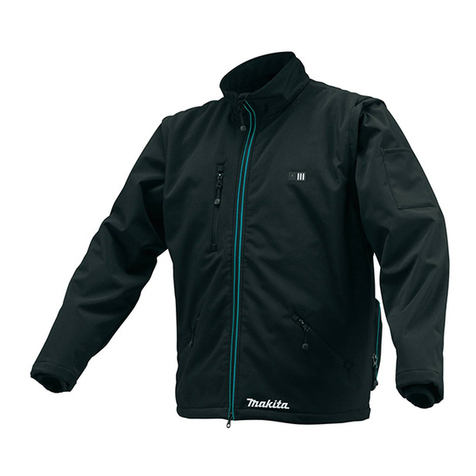
Makita
Makita CJ103D instruction manual
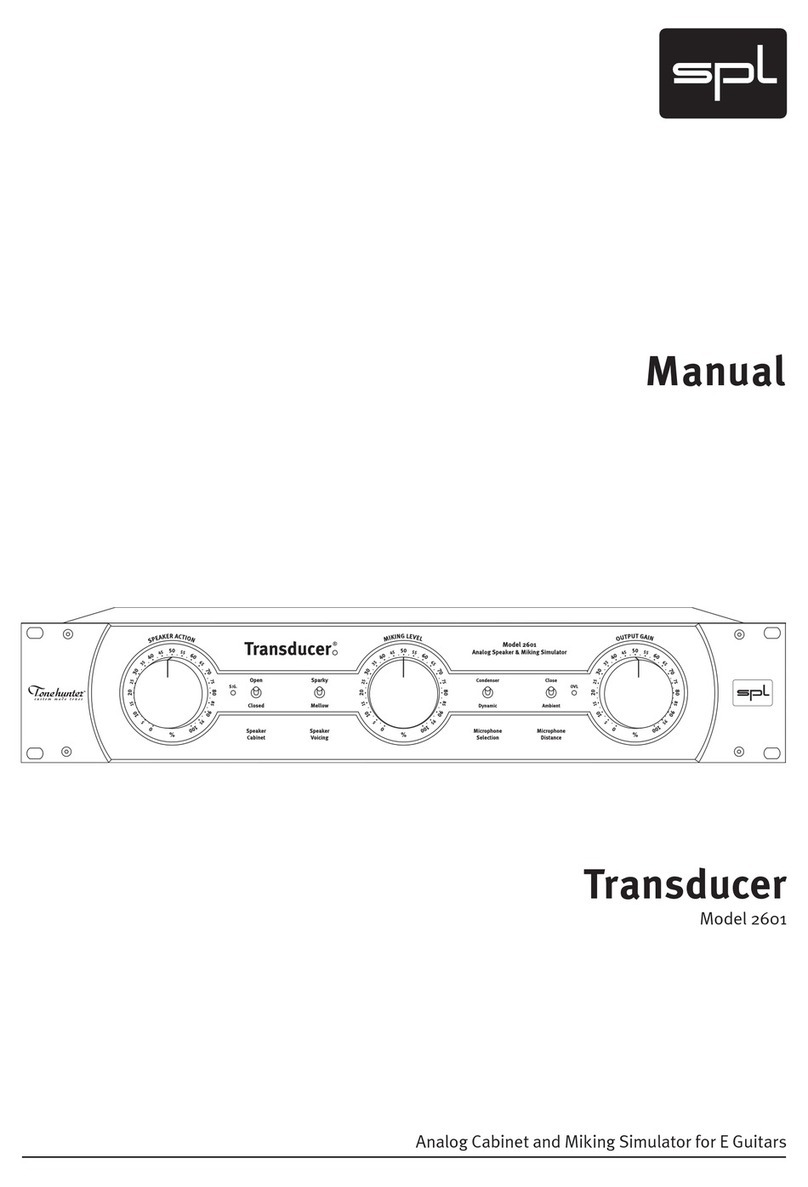
Sound Performance Lab
Sound Performance Lab Model 2601 manual
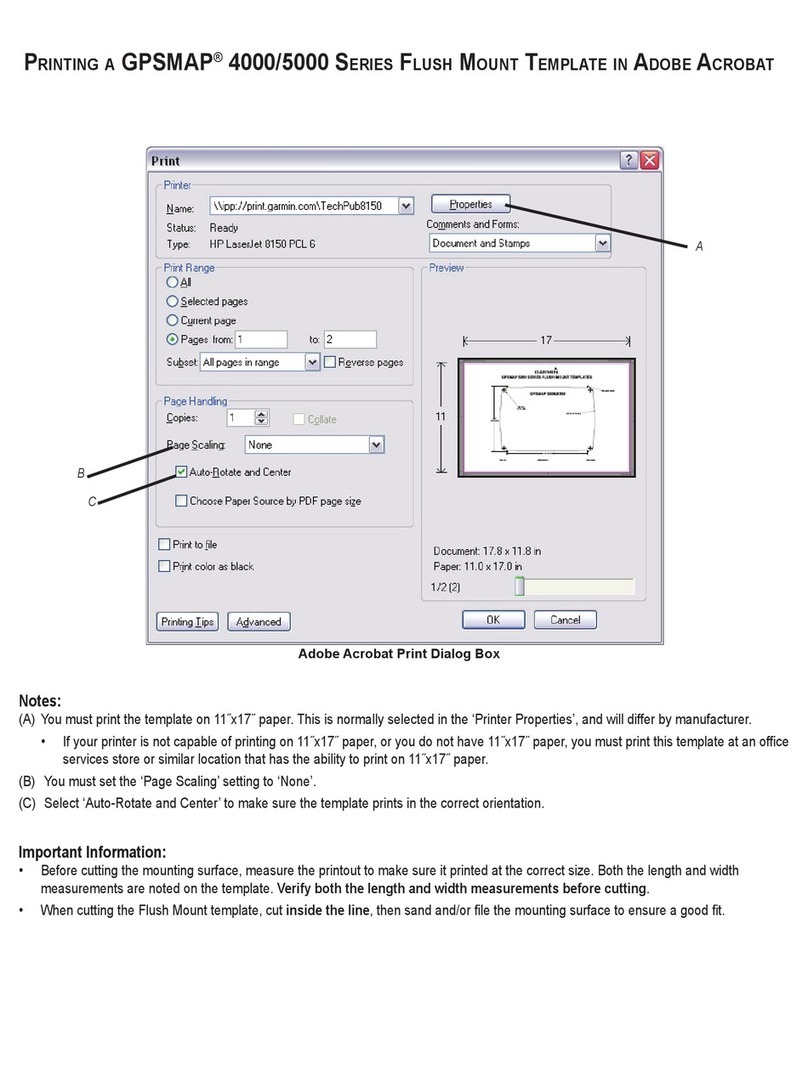
Garmin
Garmin GPSMAP 5008 - Marine GPS Receiver printing guide

Labkotec
Labkotec SET/V Operation and installation manual

Olympus
Olympus AS5000 - Transcription Kit - Digital Voice... Instrucciones

1 LEAP Technologies
1 LEAP Technologies 1L-PS-041 installation manual
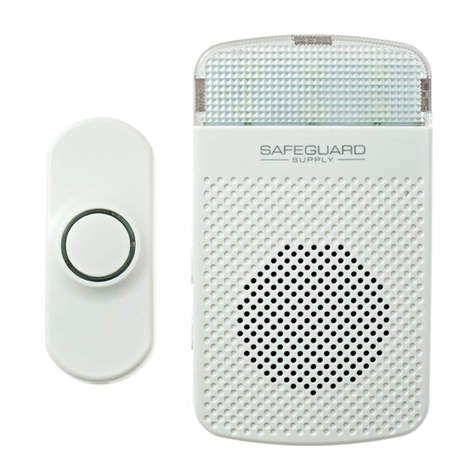
Safeguard Supply
Safeguard Supply ERA-DCKIT quick start guide
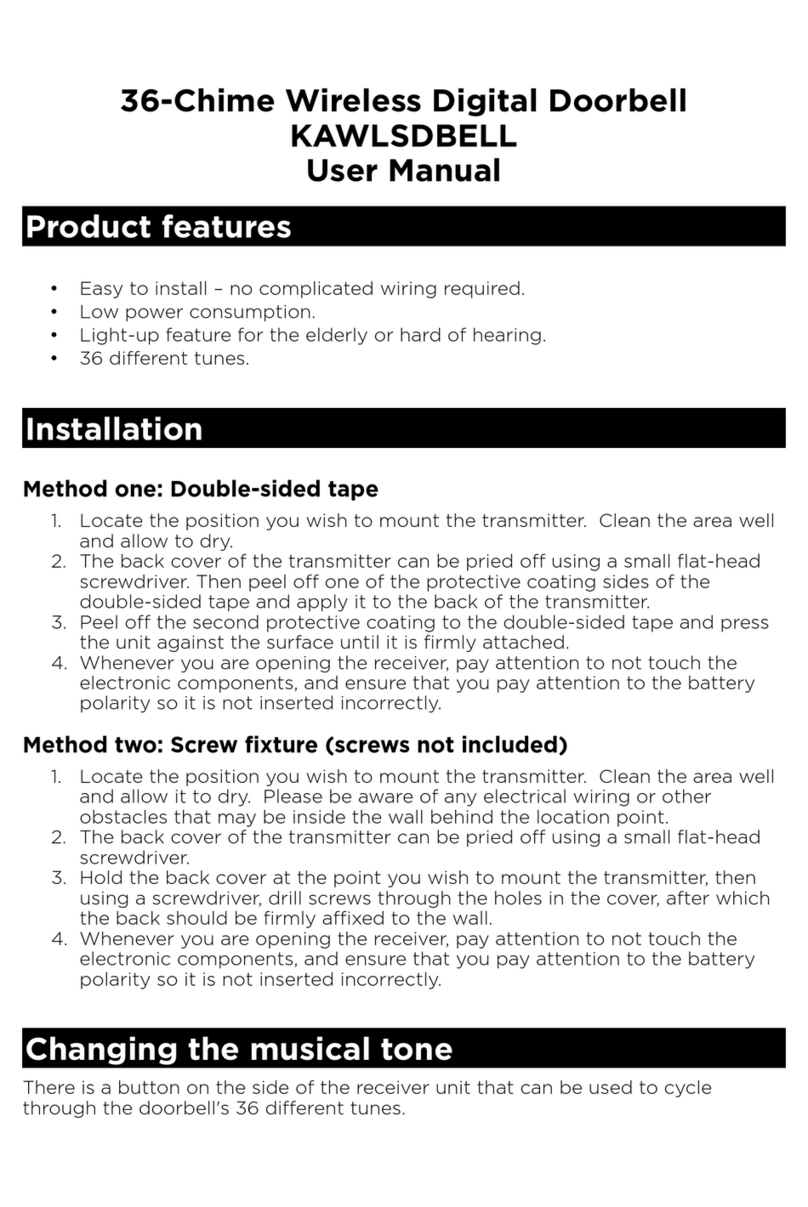
Kogan
Kogan KAWLSDBELL user manual

Senix
Senix ToughSonic Series Installation and operating instructions
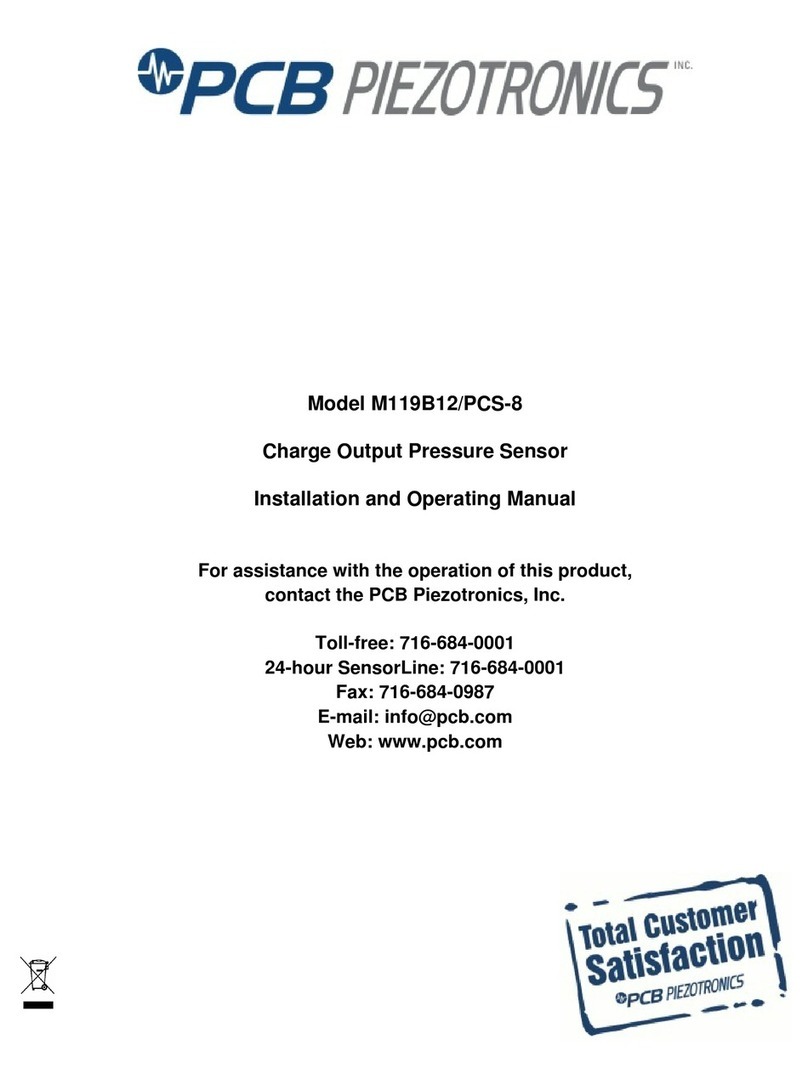
PCB Piezotronics
PCB Piezotronics M119B12/PCS-8 Installation and operating manual
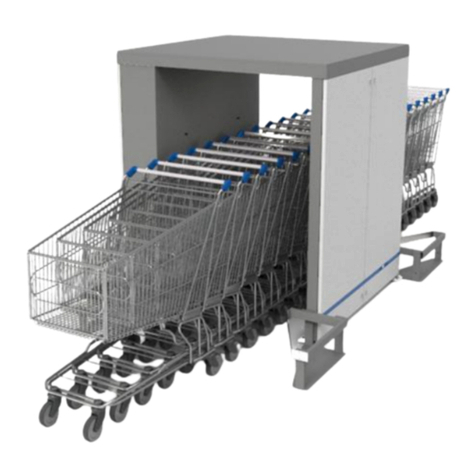
DCM SOLUTION
DCM SOLUTION ESV700 installation manual

Bamo
Bamo MAXIMAT VK C instruction manual








